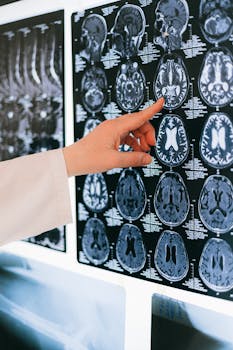In the rapidly advancing field of genomics, one approach rising to prominence is single cell sequencing. By allowing researchers to observe the genetic and transcriptomic makeup of individual cells, this technology is enabling discoveries that were out of reach only a few years ago. From uncovering rare cell populations to improving disease diagnosis and drug development, the potential is vast—but leveraging it requires tools, expertise, and reliable platforms.
Traditional sequencing methods aggregate information from thousands or millions of cells. While powerful for many purposes, bulk sequencing masks cellular heterogeneity.
Single cell sequencing isolates individual cells, profiles their nucleic acids, and tracks variation at the cellular level. This provides insights into rare cell types, dynamic changes over time, developmental trajectories, immune responses, tumor microenvironment heterogeneity, and much more.
The applications extend across many areas of biomedical research. In oncology, single cell approaches reveal intratumoral heterogeneity and resistance mutations that bulk methods often miss. In immunology, they help scientists characterize T and B cell repertoires to better understand vaccine responses, autoimmunity, and infection dynamics. Developmental biology has also benefited, with single cell studies mapping differentiation pathways and uncovering lineage relationships in stem cell research. Even neuroscience is leveraging these tools to distinguish neuronal subtypes and track processes in neurodegenerative disorders.
Despite the promise, single cell sequencing is not without challenges. Researchers face hurdles in sample preparation, ensuring sensitive library construction, managing cost versus throughput, and analyzing massive datasets. To address these obstacles, many labs turn to specialized providers with proven workflows and bioinformatics pipelines.
For example, Signios Bio offers Single Cell Seq services that cover both laboratory and data analysis needs, enabling researchers to focus on discovery rather than technical bottlenecks.
When planning a project, scientists should start by clarifying the biological questions they want answered, such as identifying rare cell types, monitoring immune repertoires, or mapping developmental changes. The choice of sample preparation method—fresh, frozen, or nuclei—has major implications for data quality. Budgeting for robust bioinformatics support is equally important, since data interpretation is often more complex than generation. Finally, validating key discoveries with orthogonal methods ensures results are reproducible and actionable.
The rise of single cell sequencing marks a shift in how biology is studied. Instead of hearing an average signal, researchers can now listen to the voice of each individual cell. That level of resolution is transforming our understanding of disease, immunity, and development, and it is opening the door to more precise diagnostics and therapies for the future





